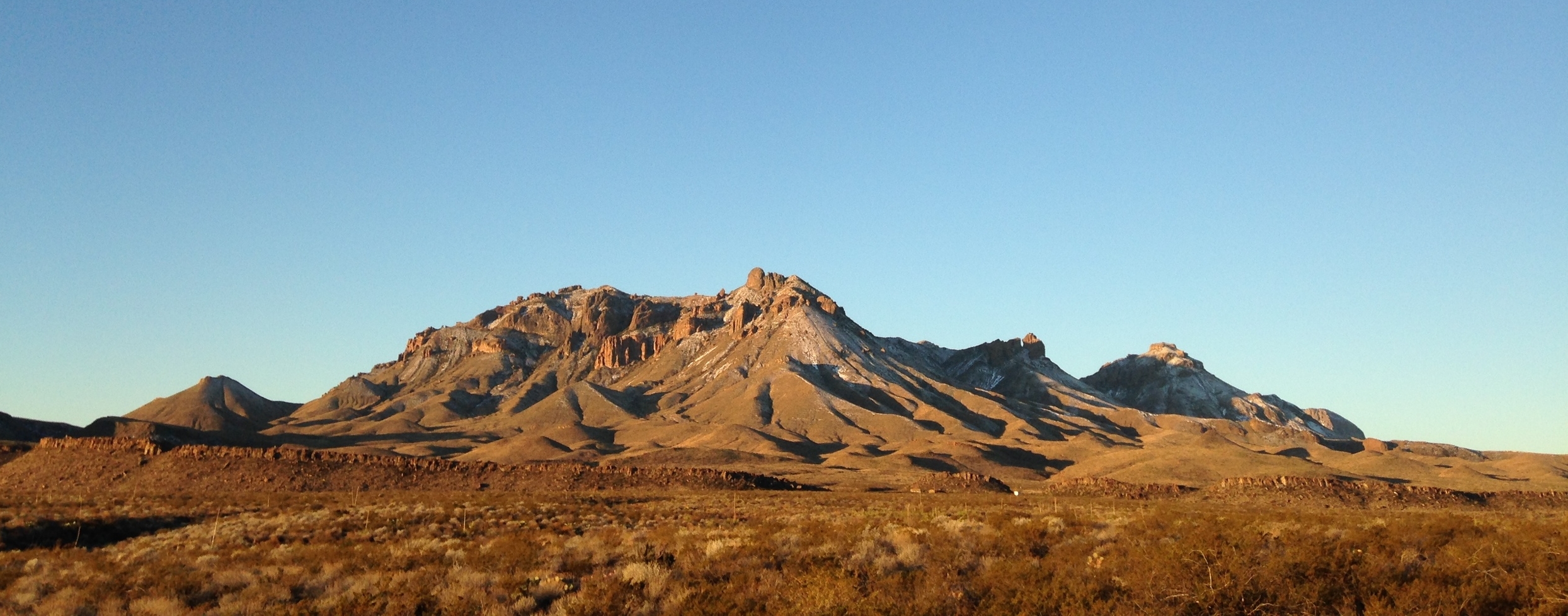Dear AGS,
The executive committee met recently with members to discuss diversity and inclusion (D&I) within our organization identify actions we can take to increase and diversify membership and evolve as a scientific community. The Geological Society of America issued a position statement on diversity and inclusion in 2010, revised in 2013 and 2016, that offers suggestions for fostering a diverse and inclusive geoscience community. The executive committee is supportive of this position statement, and hope that members of the Austin Geological Society will reflect on how our organization and each of us as individuals can contribute to positive progress. Some of these recommendations include:
• Austin Geological Society members should seek opportunities to effectively communicate the value of a diverse workforce and recommend the implementation of suitable diversity practices to all levels of government, private industry, and academia. Members are encouraged to work with print, electronic, and broadcast media to promote the value of rational approaches for addressing critical diversity issues. Members who participate in diversity issues are encouraged to share their experiences at society meetings, and if possible provide local examples where these practices have been successful.
• Austin Geological Society members should seek opportunities to effectively communicate the value of a diverse workforce and of implementing suitable diversity practices to community groups. The public must be able to respond in an informed manner to diversity decision‐making; thus, a growing need exists for the public to be educated about the value of diversity.
• Austin Geological Society members should participate in professional forums, town hall and other civic meetings for open community discussions on the importance of a diverse workforce and of implementing suitable diversity practices. Discussions should emphasize the value of rational information for diversity and its sustainability outcomes.
• Austin Geological Society should support geoscientists’ communications with decision makers regarding the value of a diverse workforce and of implementing suitable diversity practices. AGS should seek expertise and advice that can help members participate in diversity policy decisions by creating talking points on common diversity problems and by providing examples of how they can participate in diversity decisions by becoming members of relevant decision‐making bodies. AGS and its members should work toward identifying local and regional issues that affect diversity and action that could help improve the rational basis for diversity decisions. AGS and its members can also bring the GSA Position Statement to the attention of lawmakers when legislation affects diversity.
• Austin Geological Society should work towards raising awareness of diversity issues by identifying published articles on the links between diversity and geoscience planning and management decisions.
• Austin Geological Society and its members should draw upon the rich diversity of other geological societies and the earth-science community as a resource for individuals when selecting organizing committees, invited speakers, and nominees for offices and awards.
The executive committee has discussed some ideas for immediate action, including establishing a Diversity and Inclusion (D&I) chaired position. We welcome membership participation on this new committee. We also welcome any constructive and proactive ideas that will help AGS address this important and vital concern for the continued growth of our membership and scientific community.



